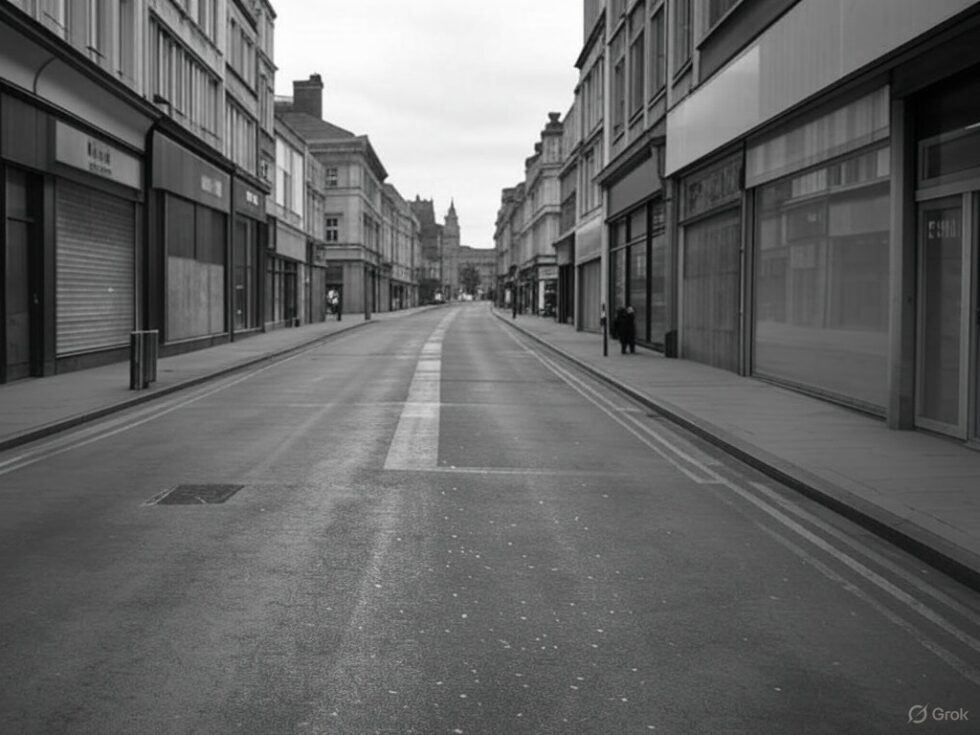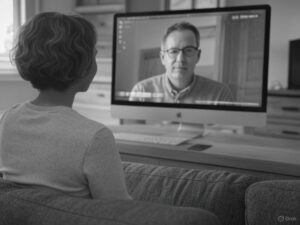
In the spring of 2020, as the world faced the onset of the COVID-19 pandemic, the United States implemented a series of unprecedented lockdown measures to curb the virus’s spread. Schools closed, businesses shuttered, and bustling city streets fell silent. In this alternate timeline, the U.S. government chose to maintain these strict measures well into 2021, a decision that would have unexpected societal repercussions.
Initially, the extended lockdown was met with mixed feelings of relief and frustration. On one hand, the continued restrictions kept the virus at bay, preventing the healthcare system from becoming overwhelmed. Hospitals, which had braced for the worst, found themselves with the capacity to treat patients effectively, and the mortality rate from COVID-19 began to decline. Public health experts praised the decision, citing the successful containment of the virus as evidence of the lockdown’s effectiveness.
However, the economic and social impacts of the prolonged restrictions soon became apparent. Small businesses, already struggling to survive, faced insurmountable challenges. Many were forced to close permanently, unable to withstand the storm of lost revenue. The unemployment rate soared, and the government scrambled to provide financial assistance to those in need. The stock market, initially buoyed by optimism about a swift recovery, experienced a prolonged slump as investors grappled with the reality of a stagnating economy.
As the months dragged on, the psychological toll of the lockdown became increasingly evident. People longed for the simple pleasures of pre-pandemic life—gathering with friends, dining out, and attending live events. Mental health issues surged, with anxiety and depression becoming widespread. In response, a new wave of online mental health services emerged, offering virtual therapy sessions and support groups. These digital platforms became lifelines for many, helping to alleviate the isolation and stress of prolonged confinement.

In the absence of traditional social interactions, communities found creative ways to connect. Virtual gatherings became the norm, with families celebrating birthdays and holidays over video calls. Neighborhoods organized socially-distanced events, such as drive-by parades and outdoor movie nights, to foster a sense of togetherness. The arts flourished online, with musicians, actors, and artists sharing their work through live-streamed performances and virtual galleries. This digital renaissance provided a much-needed outlet for creativity and expression, offering a sense of hope and resilience.
The extended lockdown also prompted a reevaluation of work and education. Remote work, once a temporary solution, became a permanent fixture for many companies. Employers and employees alike embraced the flexibility and cost savings of working from home, leading to a shift in traditional office culture. Similarly, the education system underwent a transformation, with schools and universities investing in robust online learning platforms. This shift democratized education, making it more accessible to students in remote or underserved areas.
As the world adapted to this new normal, a growing movement began to question the sustainability of the lockdown. Protests erupted across the country, with citizens demanding a return to normalcy and an end to government overreach. In response, the government initiated a phased reopening plan, prioritizing public health while gradually lifting restrictions. This careful approach allowed the economy to recover slowly, with businesses reopening and people returning to work.
By the end of 2021, the U.S. had emerged from the extended lockdown with a renewed sense of resilience and adaptability. The experience had reshaped society in profound ways, leaving a lasting impact on how people lived, worked, and connected. The lessons learned during this challenging period would inform future responses to crises, emphasizing the importance of balancing public health and economic stability.
In this alternate reality, the decision to maintain strict lockdown measures through 2021 ultimately saved lives and reshaped the fabric of society. While the road to recovery was long and arduous, the resilience and ingenuity of the human spirit shone through, offering a glimpse of hope for a brighter future.




